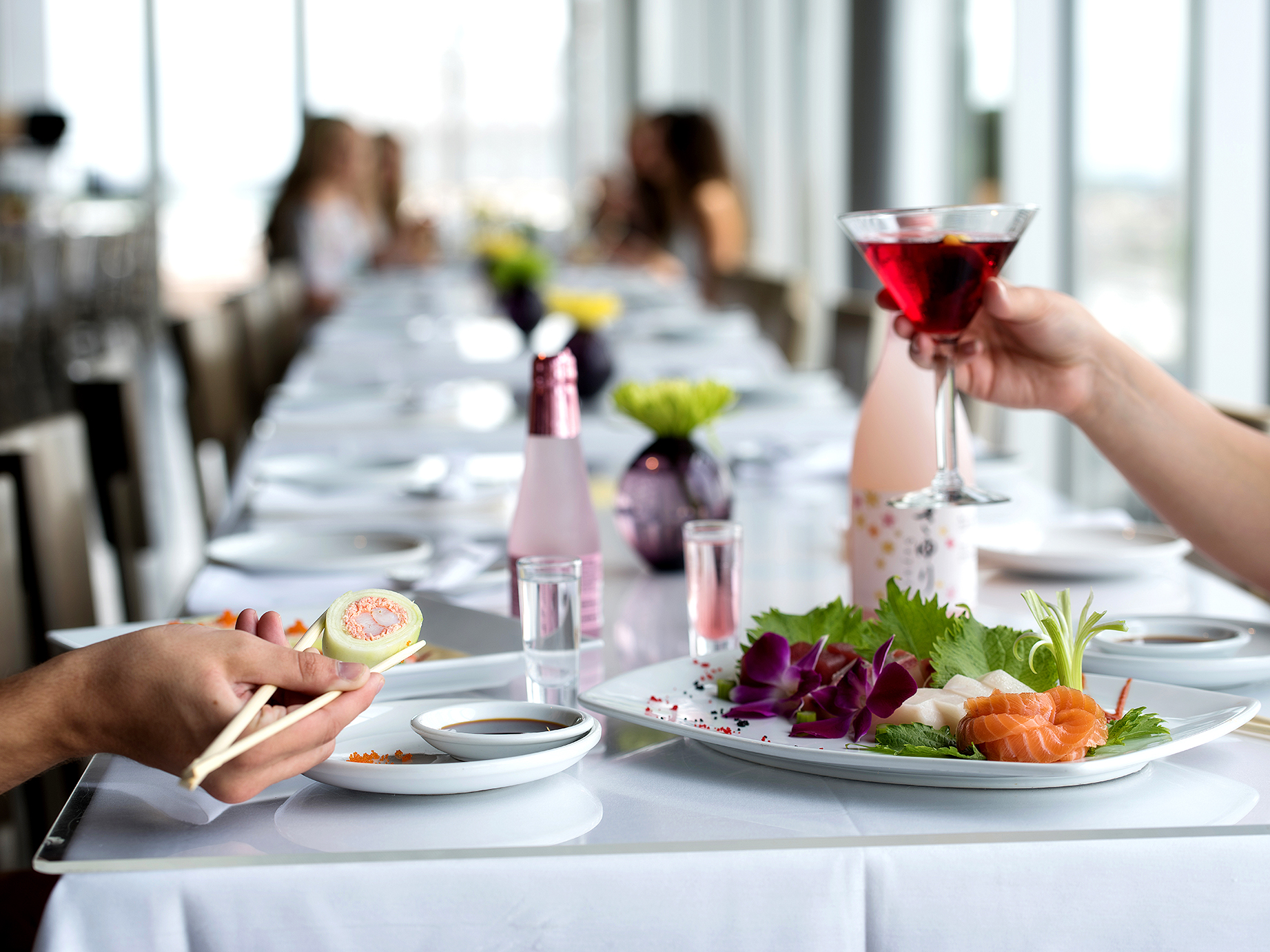
15 big food trends that reshaped how we dine in Baton Rouge
For our 15th anniversary issue, we took a look back at all the ways Baton Rouge’s culinary scene has changed since our first issue in 2005.
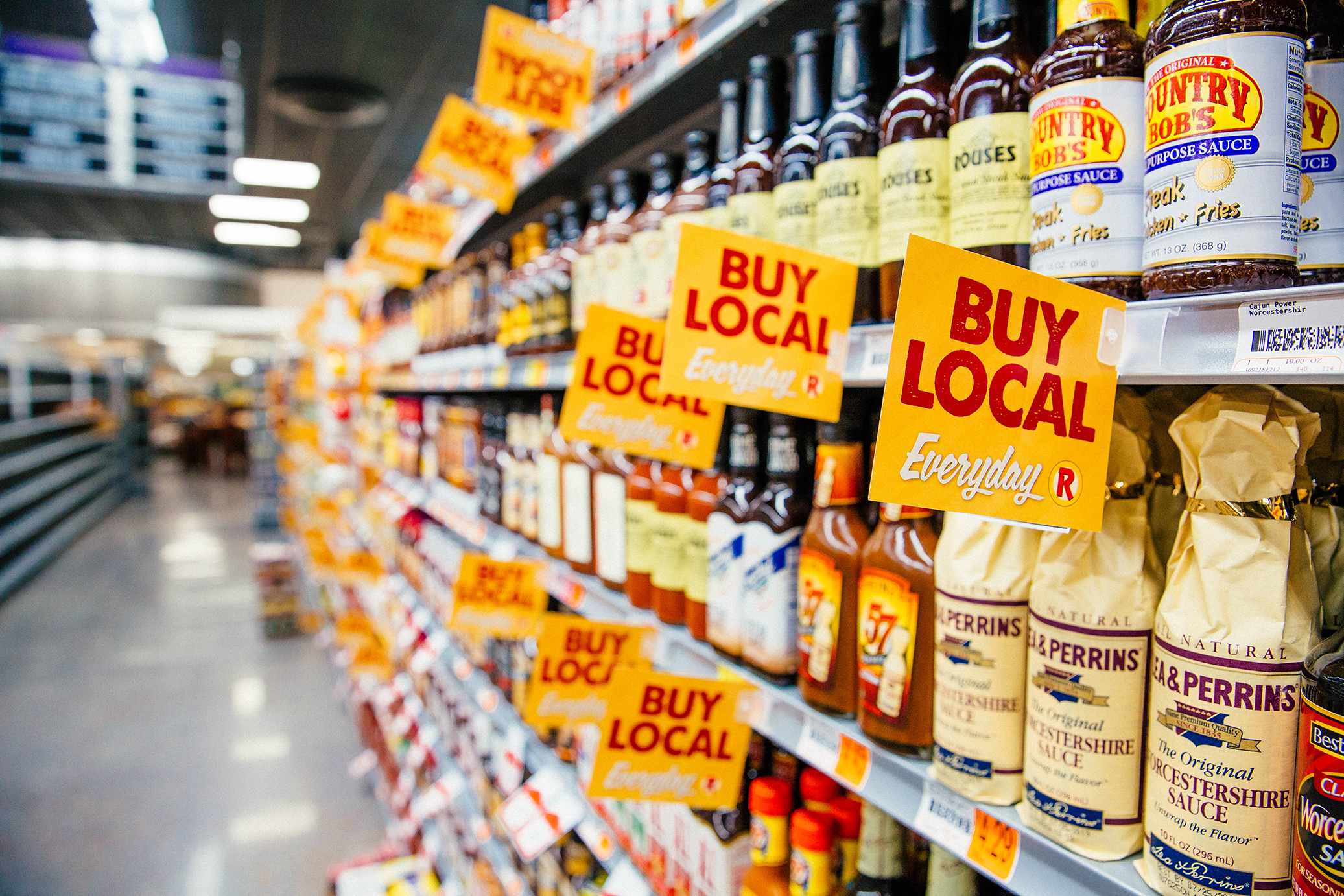
Expanding grocery and culinary retail options change the way we shop.
The same year 225 launched, we saw the much anticipated 2005 opening of Baton Rouge’s Whole Foods Market. It triggered a new era of supermarket and specialty stores, including local spots like Red Stick Spice Co., Iverstine Farms Butcher and Martin Wine Cellar and popular national chains like Sprouts and Trader Joe’s. Meanwhile, independent and international groceries have upped their game, making ingredient sourcing in the Capital Region one satisfying adventure.

Cocktails get crafty.
At home, or in a growing number of trendy watering holes, opportunities for craft cocktails have exploded. Belly up to a vintage bar like Hayride Scandal for a Sidecar or Sour, find high-end spirits at your local independent grocer, and stock your bar cart with small-batch bitters, syrups and mixers from Baton Rouge brand The Cocktail Experiment. Newer restaurants have emphasized thoughtful cocktail menus, too, with eateries like The Vintage and Soji prioritizing their bar programs.
|
|
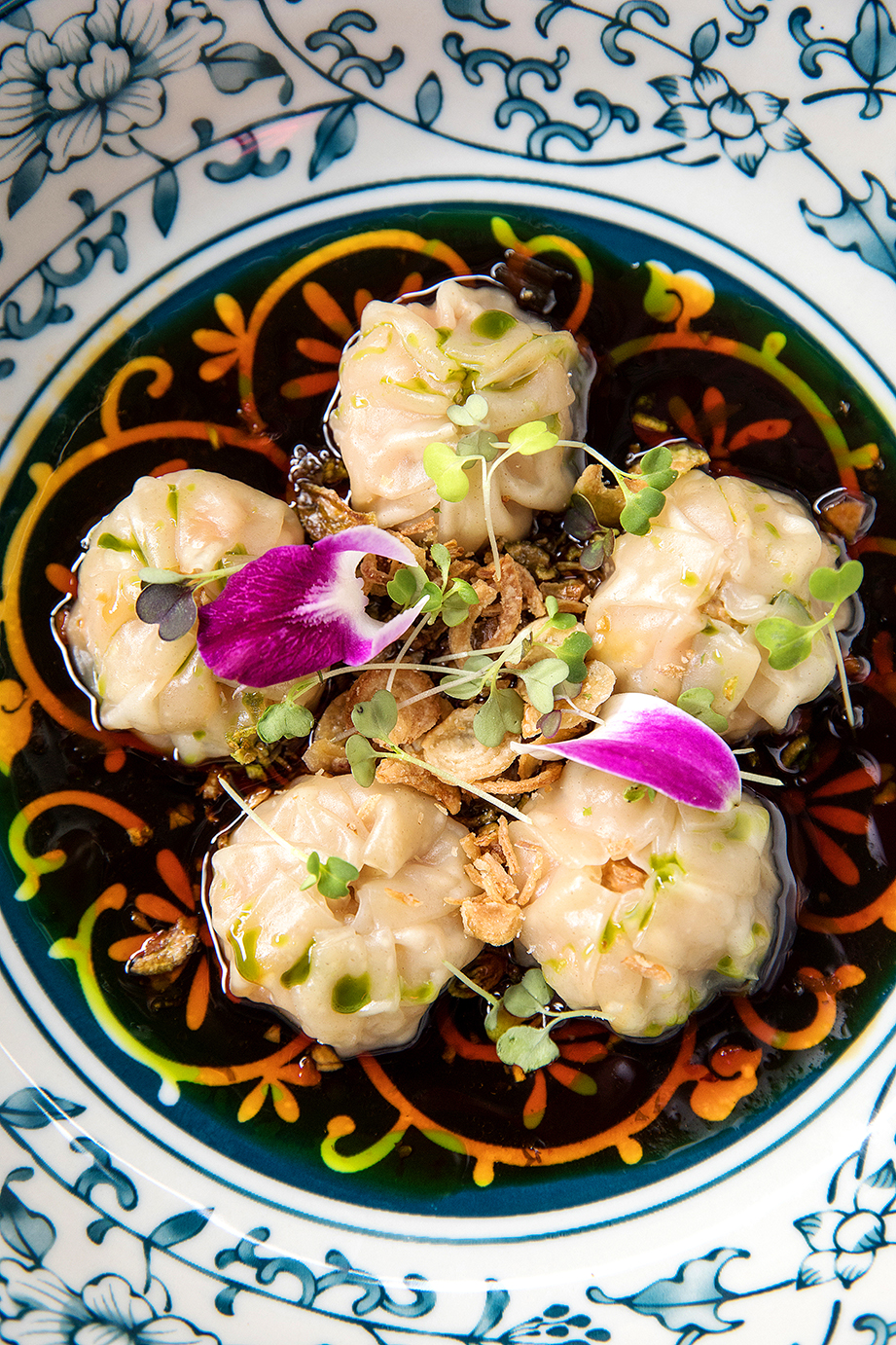
Baton Rouge goes global.
It’s hard to remember a time when global eating wasn’t ubiquitous in Baton Rouge, but what a difference 15 years makes. Modern Asian spots like Soji, Chow Yum Phat and others are a core component of the local restaurant industry’s new guard. We’ve also seen the arrival of more Vietnamese, Indian and Thai eateries, bubble tea vendors and authentic taquerias. In a given week, you can nosh your way through Salvadoran pupusas, Spanish tapas, Caribbean jerk, Cuban sandwiches, Nigerian Egusi soup and more.

Pizza grows up.
Bedrock establishments like Fleur de Lis and Pastime have anchored pizza’s longtime popularity in Baton Rouge, but the last decade and a half has welcomed scads of newcomers, including Red Zeppelin, Lit Pizza, Rocca, Reginelli’s, City Slice, Wildwood Pizza and others. Each brings its own special spin on pies. Notable openings continued this year with Pizza Byronz and Fat Boys Pizzeria.
Social media gives restaurants a platform to talk directly to customers.
In the last 15 years, restaurateurs went from rolling their eyes at photo-happy diners framing the perfect food shot, to encouraging us to snap, post, link and comment. Instagram and Facebook became fundamental to the operations of all restaurants. They’ve turned chefs into local celebrities. They’ve changed the way dishes are plated, transforming food into viral, shareable content. They’ve also become the first place you’ll see new menu items. But they’ve been especially important to smaller, independent eateries, food trucks and pop-up culinary events, all of which have played a big role in Baton Rouge’s gastronomic inventiveness.
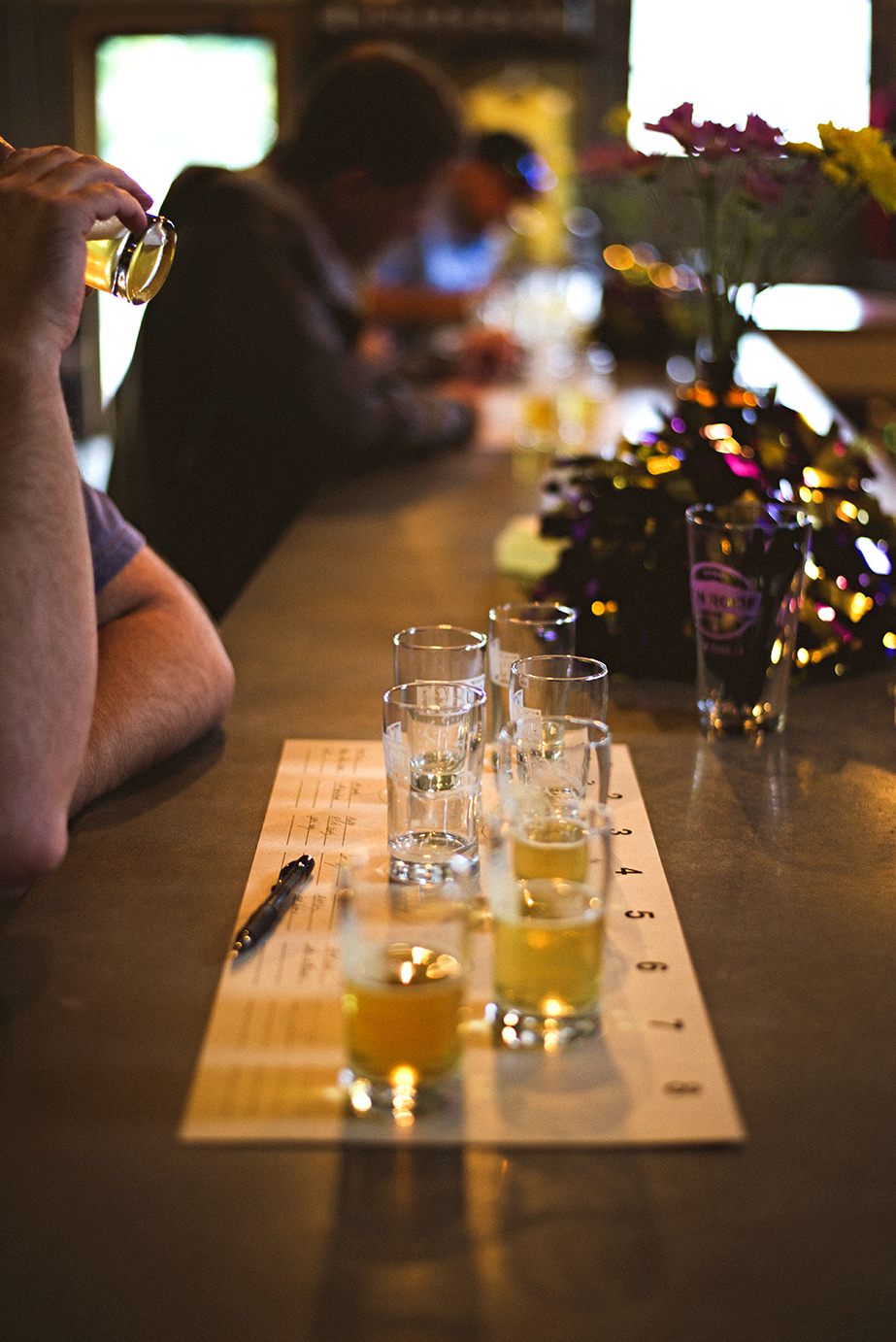
The Capital Region gets its own craft breweries and distilleries.
Starting with Tin Roof Brewing Co. in 2010, Baton Rouge has slowly seen the arrival of more craft breweries, including Southern Craft, Cypress Coast and Rally Cap, with more on the way. Spirits distillers like estate rum producer Three Roll Estate, fruit brandy producer Baton Rouge Distilling, whiskey maker Laissez Versez and Gonzales’ Sugarfield Spirits also made their entrances. It’s all part of a larger trend unfolding statewide.
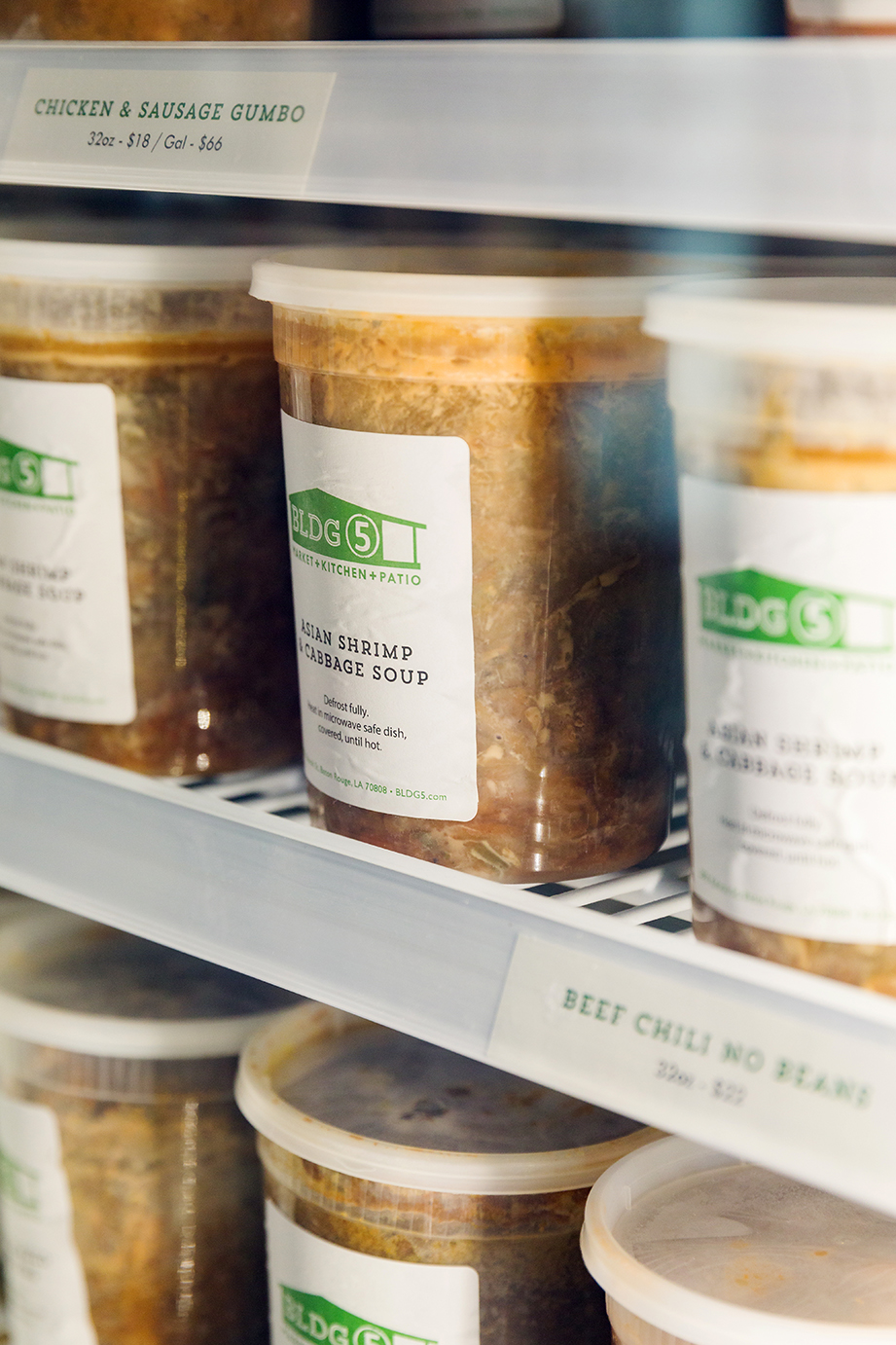
Prepared meals become a go-to.
Family life has only gotten busier since 2005, and restaurants and caterers have responded with vast options in prepared meals. Bergeron’s City Market and BLDG 5 sell a big variety of frozen meals to go, while City Pork, Maxwell’s Market and others rescue working parents with prepared suppers. Red Stick Spice Co. recently launched monthly dinner bundles with tailored spices and fresh ingredients, and the online business Ingle Eats circulates a popular family catering menu that changes weekly.

Does food taste better in a bowl?
The playground of millennials, the curated “foodin- bowls” concept is alive and well in Baton Rouge. Burrito bowls, acai bowls, poke bowls, Buddha bowls, protein bowls and others on the menus of places like Mestizo, and in bowl-dedicated concepts like Southfin Southern Poke and Playa Bowls, have us, well, bowled over.
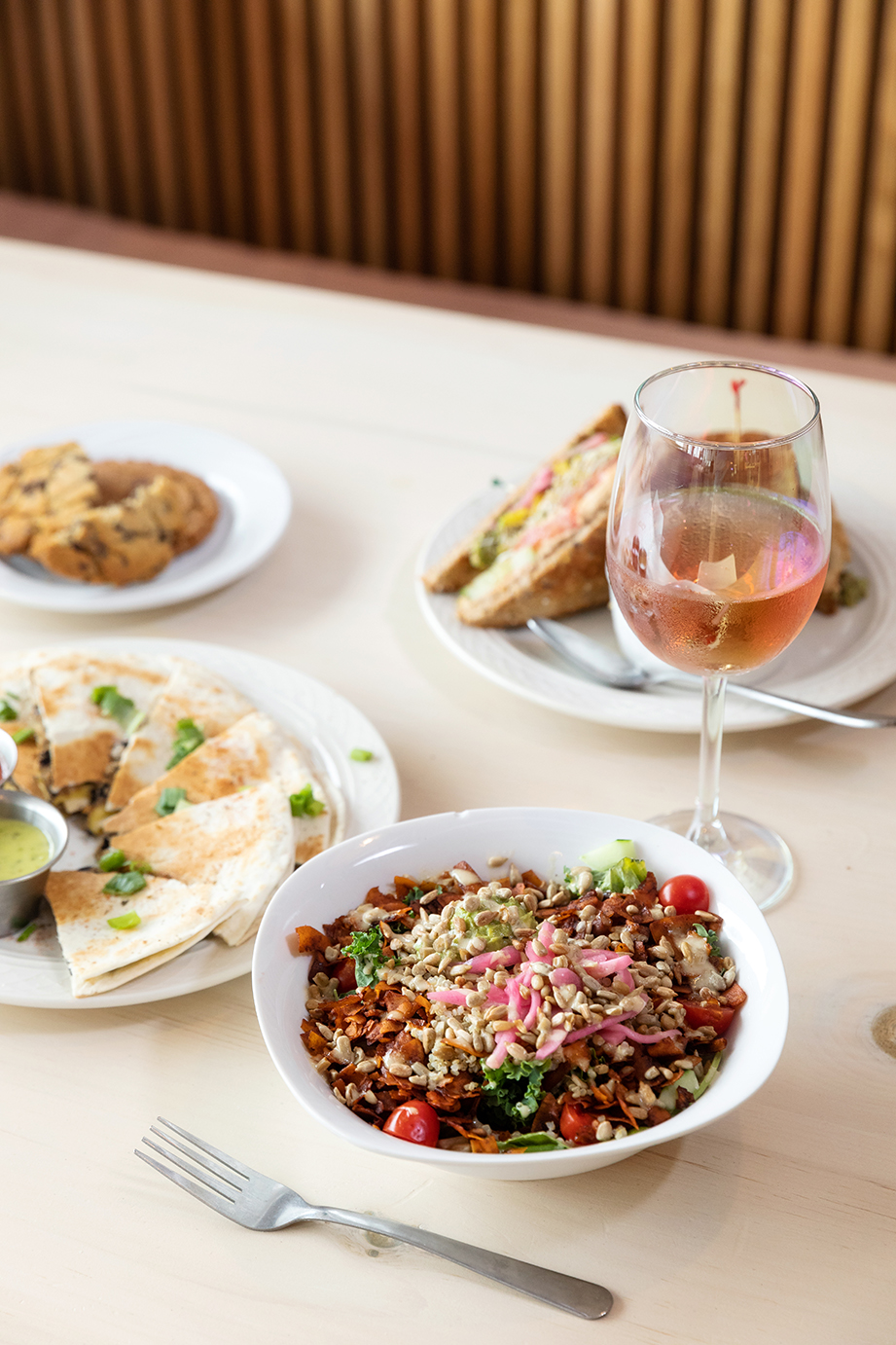
Chefs keep plant-based diners in mind.
No, we’ll never lose our meat-loving ways, but plantbased options are solidly in the mainstream thanks to 15 years of gradual progress. Dedicated vegetarian and vegan eateries MJ’s Café and Vegan Friendly Foods are now joined by many, many restaurants— upscale and fast casual— that have added flavorful menu options specifically for vegetarian and vegan diners— and not the afterthought kind. Gluten-free and keto options are also on the rise.

Design becomes part of the whole restaurant experience.
Gone is the mammoth dining room with staid décor that dominated local restaurants of the past, and in its place are stylish eateries with modern trappings. Bright murals like those at Blue Corn Modern Mexican and Cafe Mimi are commonplace, as are rustic woods, intricate metalwork, trendy color palettes and mood lighting. More rooftop dining spaces are now in play, as seen at Bumsteers and The Chimes, and outdoor dining continues to grow, with open-air spots like Mid City Beer Garden and COVID-19 pandemicfueled patio expansions at eateries like Zippy’s and the Overpass Merchant.
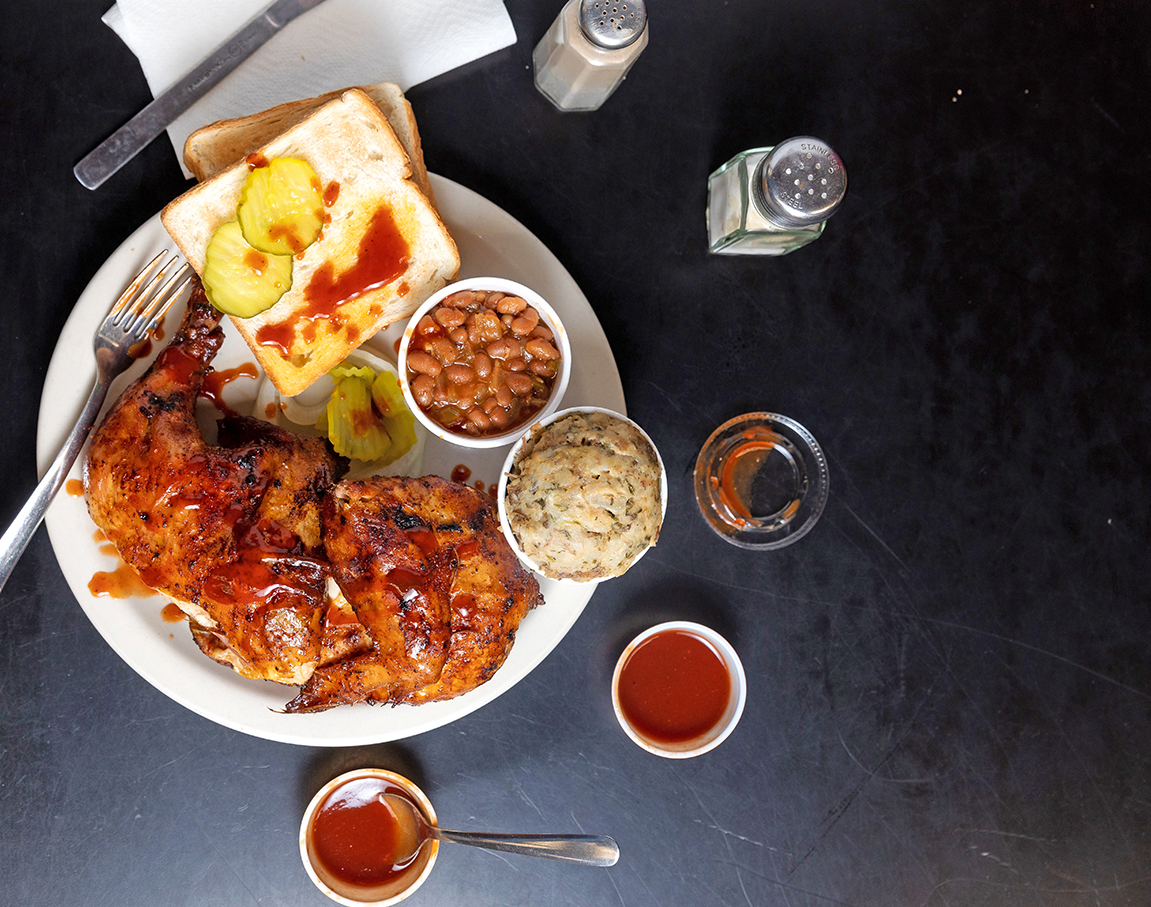
Barbecue gets its own Baton Rouge flavor.
No longer is Baton Rouge a barbecue hinterland overshadowed by Texas, Memphis and the Carolinas. Several new spots, including Hannah Q, City Pork, BRQ, Cou-Yon’s, Pimanyoli’s, Pit and Peel, Memphis Mac BBQ and others opened in the last 15 years, placing the Capital City on the map for technique-driven, hardwood-smoked meats and homemade sauces and sides.
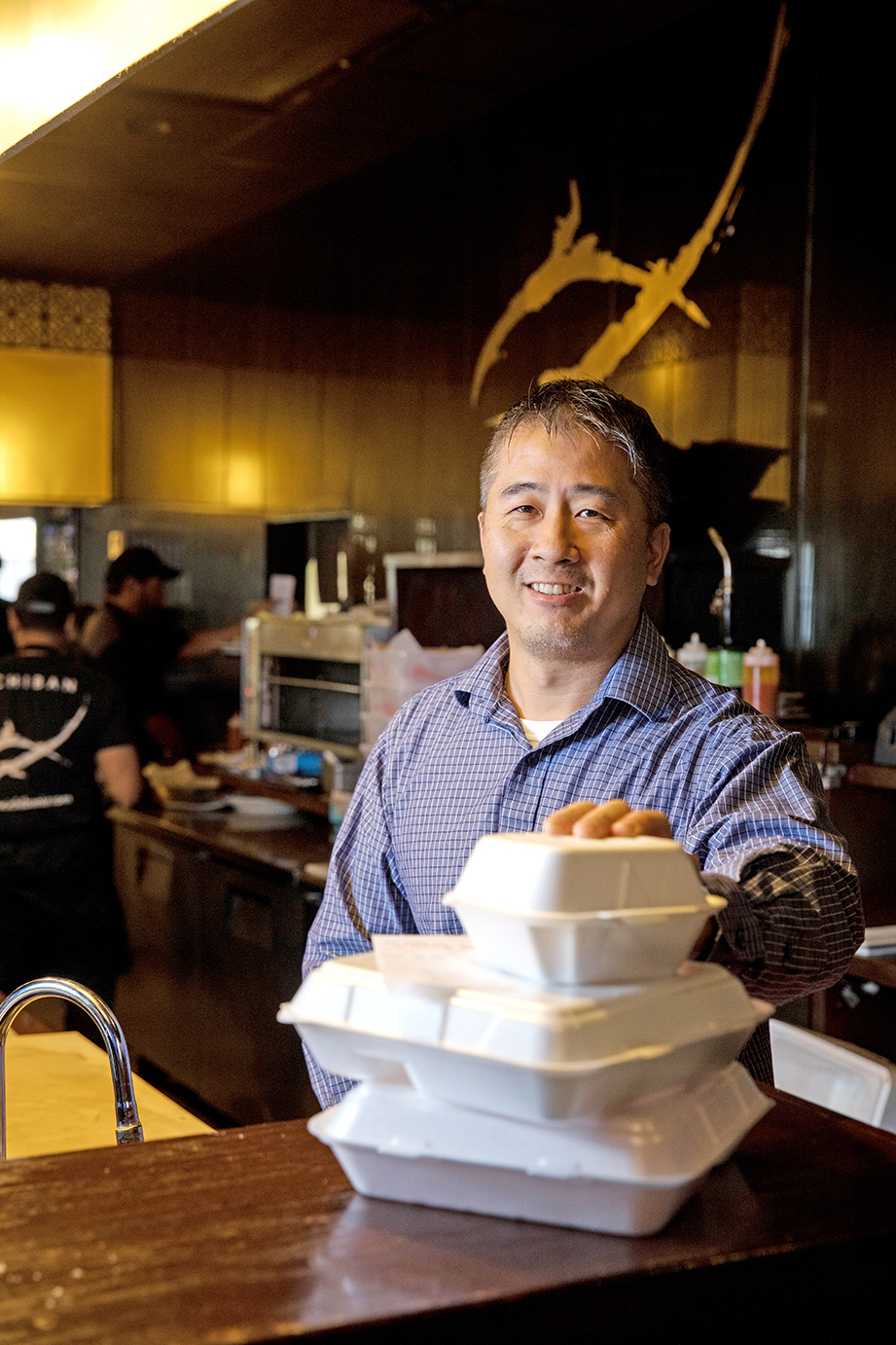
We’ll take that to-go, please.
Even before the coronavirus turned us into homebodies, delivery apps and to-go ordering had become big. Louisiana-born Waitr led the way in our firm embrace of third-party delivery apps that also include GrubHub, UberEats and others. In response to controversy over the app’s high commission fees, we’ve seen more restaurants launching their own online ordering portals and apps. And some, like Red Zeppelin and Serop’s Express, do a lot of business through drive-thru windows.

Made-to-order meals go fast casual.
Don’t confuse this national trend with fast food. Baton Rouge has fully embraced restaurants that fuse counter ordering and speedy service with imaginative menus. Try it at concepts like Chow Main, Too Saucy Pasta, Atomic Burger, Torchy’s Tacos, Curbside Burgers and Small Sliders.

Chefs step into the spotlight.
We’ve watched an impressive number of Baton Rouge chefs and food personalities cook on national television, elevating their own profiles and the Capital City’s reputation as a food town. Blogger and restaurateur Jay Ducote competed on Cutthroat Kitchen, was runner up in Season 11 of Next Food Network Star and actually beat Bobby Flay on Beat Bobby Flay. We saw Mansurs Executive Chef Chris Motto fare impressively on Fox’s Hell’s Kitchen. We rooted for Baton Rouge native Chef Jesse Romero in Season 6 of Fox’s MasterChef, and for then 9-year-old Avery Kyle, who was runner up on Season 4 of MasterChef Junior. And we saw life unfold for restaurateurs Samantha and Cody Carroll, founders of Hot Tails in New Roads and the now-closed Sac-a-Lait in New Orleans, who starred in the Food Network’s reality show, Cajun Aces.
|
|
|
